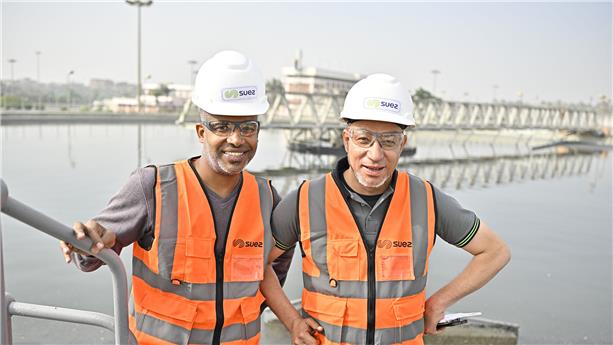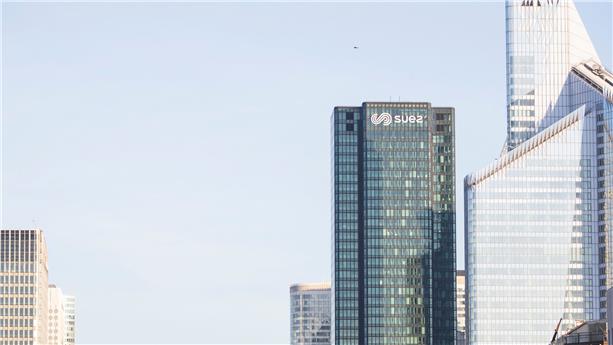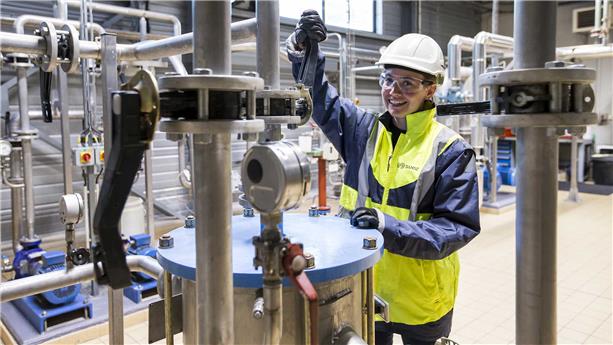
Who are we?
As a global leader in the water and waste management sectors, we have been operating for over 160 years all over the world. We provide essential services to protect the resource and improve quality of life wherever we operate.




Bringing nature back into urban areas, by planting more trees or installing green walls on residential buildings. This is the choice made by certain cities, such as London, to improve air quality. Greening cities is not enough to capture air pollutants. This is why air treatment solutions are complementary to the depolluting capacities of plants - trees and micro-algae - on which they rely to improve air quality.
Trees and microalgae have different depolluting capacities.
Two actions should take priority to improve air quality in our cities: Pollution must be reduced at the sources by implementing good practices. If there are no other options, air must be purified and in priority in the most sensitive areas, such as school yards because children are particularly exposed to pollution.
Some countries invest more than others in air quality and develop innovative solutions, such as in Seoul, South Korea, where special trains run to clean the air by capturing fine particles.
Artificial intelligence can help us better understand and anticipate pollution problems.
Urban planning, whether horizontal or vertical, has an impact on air quality. Horizontal cities are less exposed to pollution because the air circulates more easily, it is not prevented by the presence of very high buildings.
Everyone can take action to improve air quality in cities by adjusting their mode of travel if the air quality is poor: for example, by favouring public transport or soft mobility - walking, cycling, etc. - or by changing their itinerary (especially for the most vulnerable people).